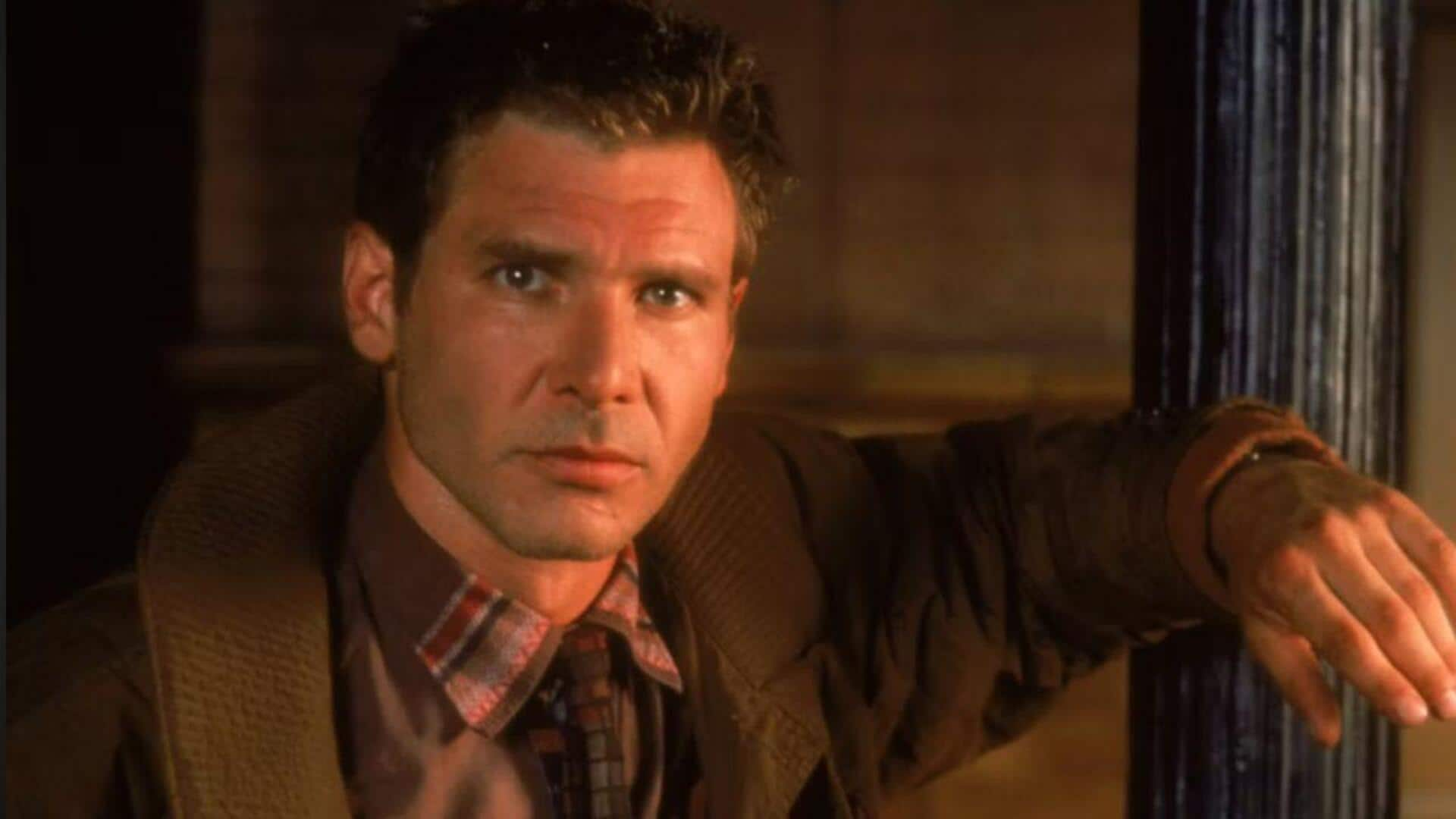
The transformation of Rick Deckard in 'Blade Runner' films
What's the story
Rick Deckard, the iconic character from the legendary Blade Runner films, has evolved a lot in US cinema. What started as an interesting premise of a retired blade runner hunting replicants has been explored, expanded over the years. Here, we take a look at all the things Rick Deckard has been through on screen, how his character has changed, and what it means for us.
#1
'Blade Runner': The original introduction
In the original 1982 film Blade Runner, Rick Deckard was a weary ex-cop called back to duty. He was tasked to "retire" rogue replicants in a dystopian future Los Angeles. The film introduced him as morally ambiguous, struggling with questions of humanity and identity. This first depiction paved the way for his layered character arc and made him an iconic figure in the sci-fi genre.
#2
Character depth in 'Blade Runner 2049'
The sequel, Blade Runner 2049, released 35 years later, revisits Rick Deckard's character with even more depth. From what was once a loner, now living in isolation, he's more introspective and weighed down by past decisions. His interactions with new characters reveal layers of vulnerability and resilience, only hinted at before. This evolution highlights how time and experience shaped him into a more nuanced figure.
#3
Influence on the science fiction genre
Rick Deckard's character left an indelible mark on the sci-fi genre. His transition from reluctant hero to multifaceted person mirrors broader themes of identity and morality that continue to resonate with audiences. By subverting traditional ideas of heroism, his character's evolution has encouraged other filmmakers to examine similar themes in their own narratives, driving the genre's evolution forward.
#4
Cultural significance over time
Over time, Rick Deckard has become more than just a fictional character; he represents cultural shifts within society itself. As audiences's perceptions of technology and humanity have evolved over the decades, so too has their understanding of what it means to be human. Cinema has explored this theme through storytelling techniques used in both films. He is featured prominently, along with other key characters involved in these narratives.